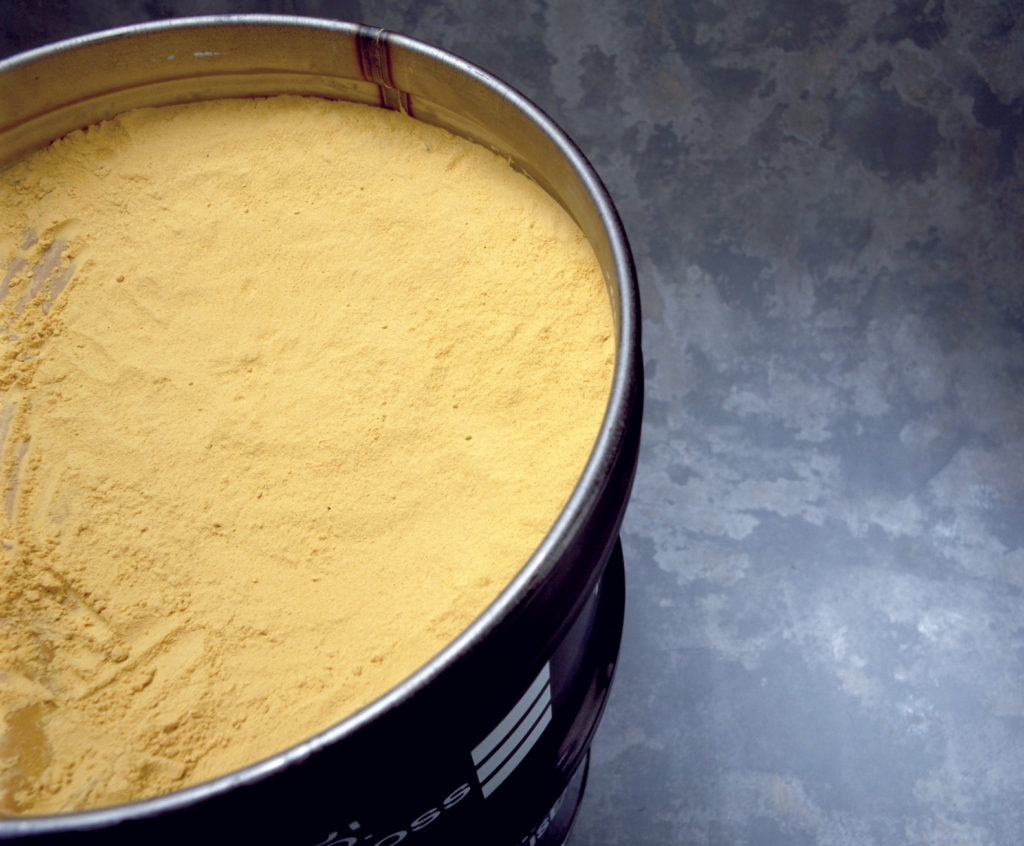Russia’s war on Ukraine sparks commodities upheaval


Nearly three weeks into Russia’s invasion of Ukraine, many questions about the conflict are still being debated. Could the West have prevented the crisis? Will the unprecedented level of sanctions levelled against Russia – which Russian President Vladimir Putin has referred to as “economic war” — stop the bloodshed? Will the commodities price shock cause a global recession or a period of stagflation? And perhaps most uncertain, just how far is Putin willing to go to secure the former Soviet state?
Russia’s willingness to target civilians has been chilling to watch. But Putin’s warning ahead of the invasion to other powers not to intervene, threatening: “... consequences you have never encountered in your history,” along with his placing Russian nuclear forces on alert days later, fuelled fears of a catastrophic escalation.
While the invasion is not going as Putin had anticipated (Russian troops have experienced fierce resistance, significant losses, and even some embarrassing setbacks), it’s difficult to see how the conflict will be resolved. At presstime in mid-March, peace talks have been so far unsuccessful. Meanwhile, international sanctions have taken a huge toll on Russia’s economy.
Even if a breakthrough in peace talks is achieved in the near-term, the conflict has already triggered what are likely to be long-lasting changes in commodity markets. Many of these shifts could be beneficial to North American producers. In addition to being the world’s third largest producer of oil, and second largest producer of natural gas, Russia is an important source of coal, refined uranium and palladium, fertilizer and grains. The conflict has caused commodity markets to blow up across the board.
The most dramatic example has been nickel, which shot up 250% over two days in March due to the perfect storm of tight supply, supply disruption fears, and a massive short squeeze. (Russia supplies about 17% of the world’s Class 1 nickel, used mostly in stainless steel, but also in rising demand for electric vehicle batteries.) In response to the volatility, the London Metals Exchange suspended trading in the metal on Mar. 8, after “disorderly” trading became disconnected from the underlying physical market, creating “systemic risk” in the market. Trading resumed – briefly – on Mar. 16.
Comments